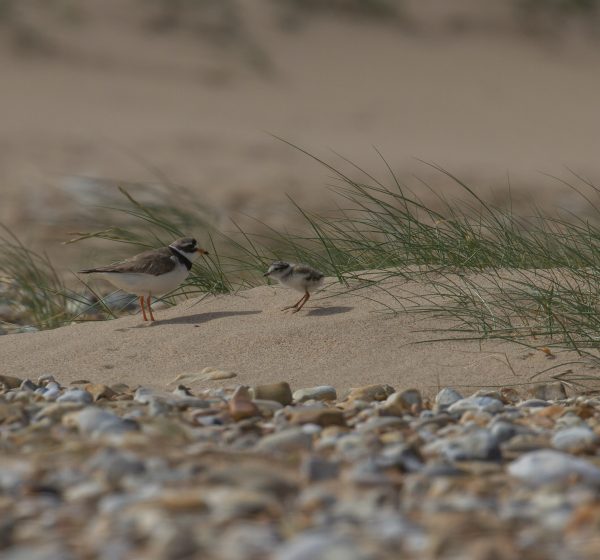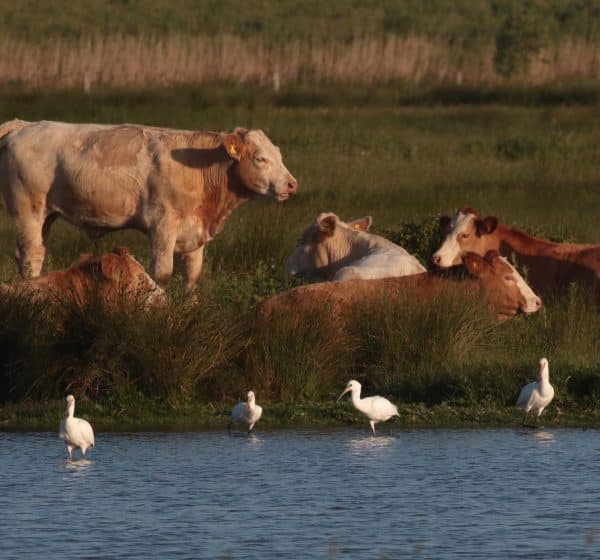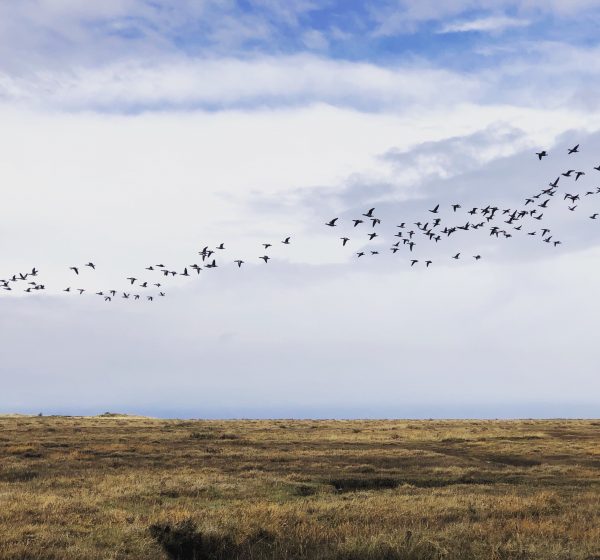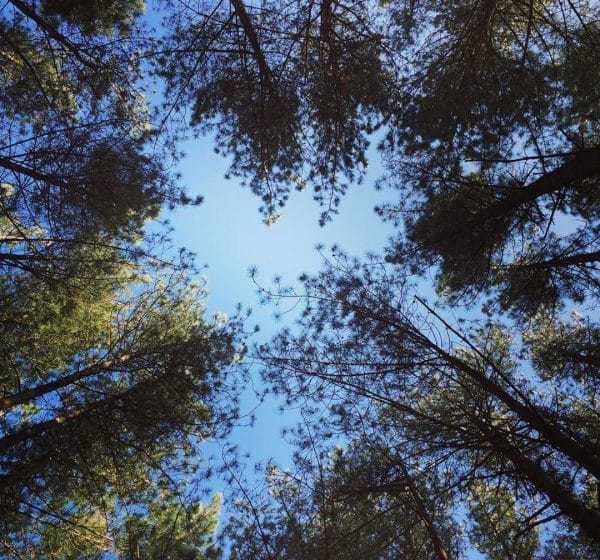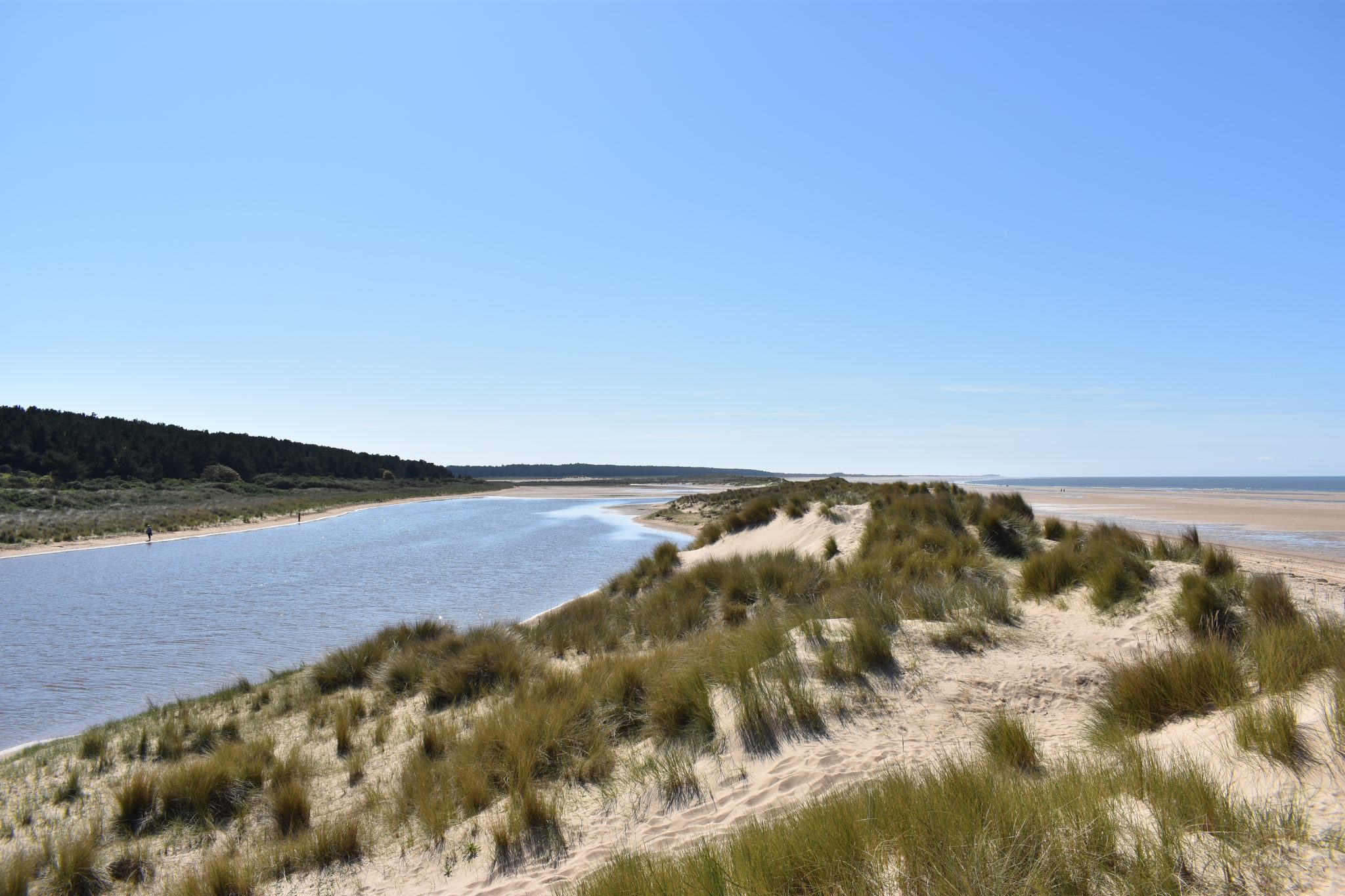
Holkham Beach and Nature Reserve
Our coastal sand dunes
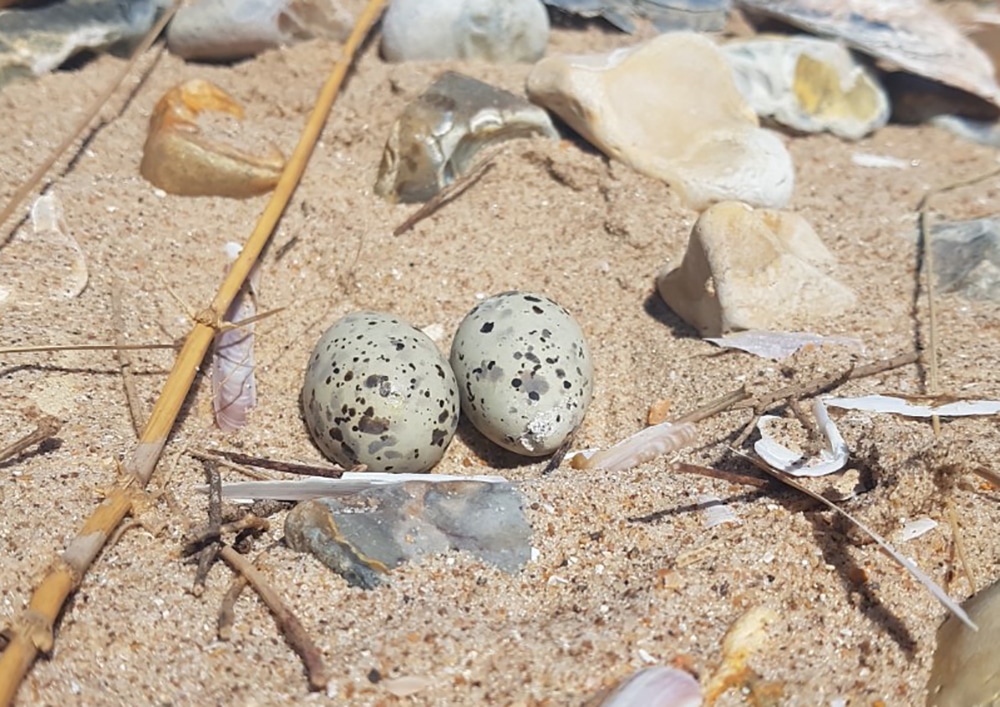

Our coastal landscape can change very quickly. To the east, the coast is eroding whilst elsewhere shingle banks are building and gathering windblown sand. Holkham Bay’s tall dune islands on the foreshore have appeared in the last sixty years. Sometimes, after severe storms, whole sculptured ridges can vanish overnight.
Wildlife in this harsh environment has to be tough, but we can help. Oystercatchers and Ringed Plovers ground-nest in the dunes, laying pebble-patterned eggs. Little Terns, often seen hovering and diving for fish just offshore, are a special summer visitor to Holkham. We cordon off areas and ask for dogs to be kept on leads to help shore birds nest and raise their young.
Sand dunes are fragile and the plant communities are easily destroyed by trampling, leading to disastrous wind erosion. Boardwalks and steps help visitors to cross the beach without damaging the hard-pressed vegetation.
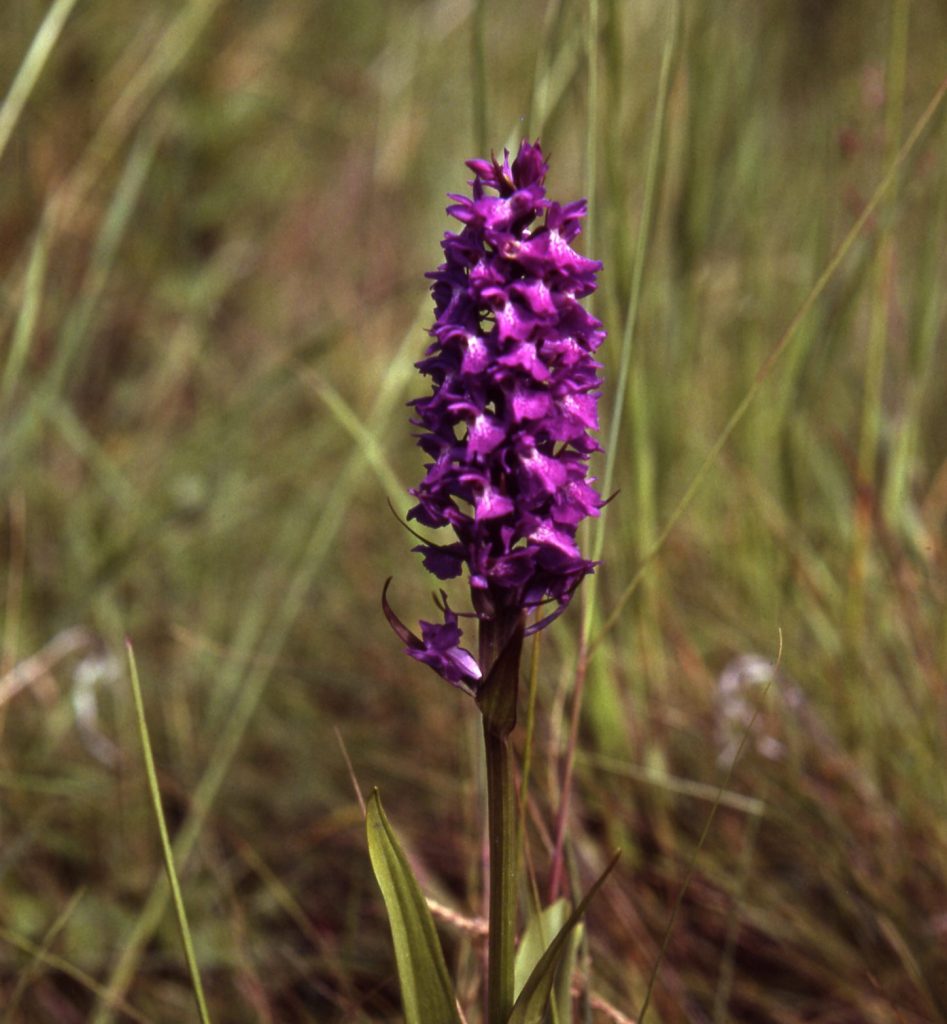
Dune flowers to spot:
- Marsh Helleborine
- Pyramidal Orchid
- Southern Marsh Orchid
- Rue-leaved Saxifrage
- Early-flowering Forget-me-not
- Corn Salad
- Hounds Tongue
- Lady’s Bedstraw
- Sea Holly
- Sea Bindweed
- Lesser Centaury
- Carline Thistle
- Ploughman’s Spikenard
- Bird’s-foot Trefoil

